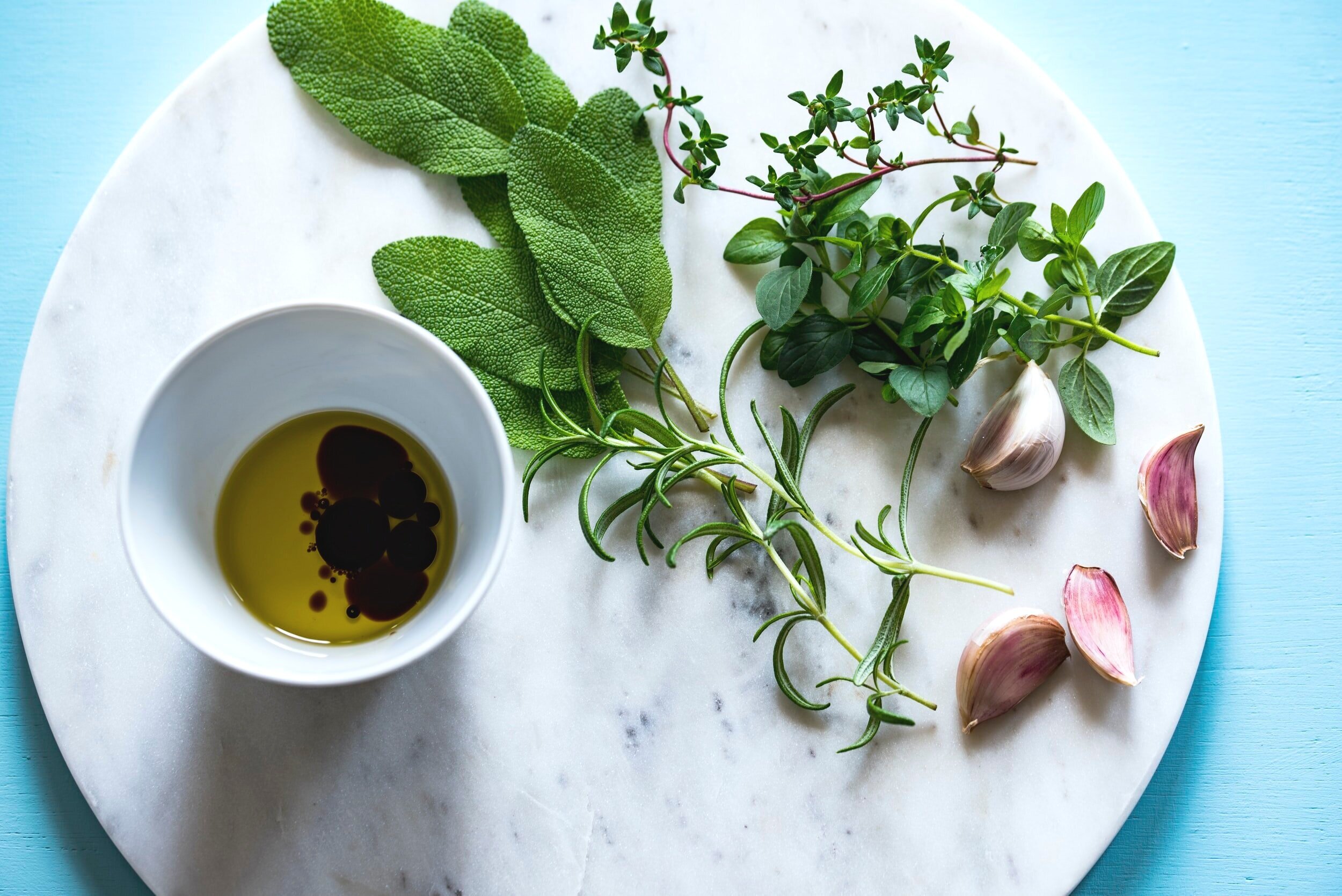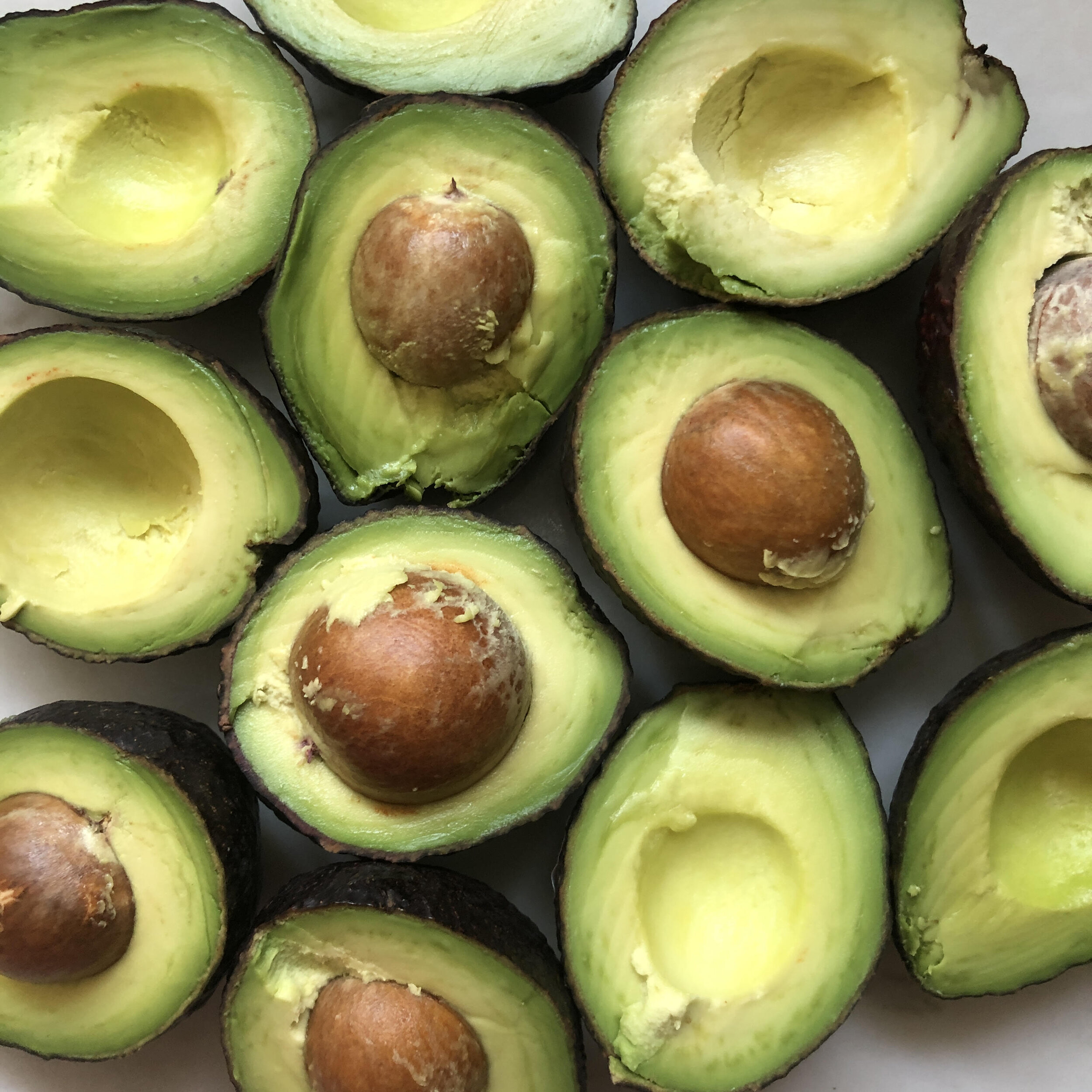
Healthy Living
Eating healthfully is a lifestyle, not a diet. It’s not what you do sometimes that leads to good health, it’s what you do most of the time.
Fad diets come and go and with them the abundance of information about what is good-for-you and what is not. Fad diets work for a short time, they hold and the results will show as long as you keep with diet, but as soon as we get off of the ‘diet rules’, we go back to old habits, where we started. In order to see long term changes, we need to adopt a healthy lifestyle that is easy to follow and maintain. I believe in small, baby step, changes. Easier said than done, right? I agree!
Where should you even start?
Let’s start with what is coming into our house and pantry…
Grocery shopping is a crucial first step to healthy living!
What ends up in your shopping cart will end up in your kitchen and what ends up in your kitchen will end up in your body. Fill up your fridge, pantry and everyone’s lunch boxes with fresh, wholesome, and healthy food choices.
Produce
To begin your shopping journey, here are two helpful lists published by the Environmental Working Group.
The “Dirty Dozen,” is a list of fruits and vegetables that, when grown commercially, have high levels of pesticides and toxins. The second list, the “Clean Fifteen,” lists fifteen fruits and vegetables that are safe to buy conventionally, since they have few or no pesticides and toxins.
The Dirty Dozen
Buy Certified Organic to avoid pesticides.
Strawberries
Apples
Nectarines
Peaches
Celery
Grapes
Cherries
Spinach
Tomatoes
Sweet bell peppers
Cherry tomatoes
Cucumbers
Snap peas
Blueberries
Potatoes
Hot peppers
Lettuce
Kale/collard greens
Green beans
Clean Fifteen
It’s safe to buy non-organic.
Avocadoes
Sweet corn
Pineapples
Cabbage
Sweet peas (frozen)
Onions
Asparagus
Mangos
Papayas
Kiwi
Eggplant
Honeydew melon
Grapefruits
Cantaloupe
Cauliflower
The Fat Truth
For the longest time, fat has been viewed as the enemy in our diet causing weight gain and diseases. Recent research and studies suggest that our body needs fat to function properly and even to prevent diseases. Not all fats created equal, so let’s explore what kind of fats are good for us and which ones we should avoid.
Unhealthy fats include: Processed oils like safflower, soybean, sunflower, corn, and cottonseed; hydrogenated and partially hydrogenated oil; margarine and shortening. Unhealthy animal fats include fat that comes from feedlot animal meat or non-organic (conventional) poultry.
Healthy fats include: Coconut oil; olive oil; flaxseed oil; avocado oil. Good animal fats include grass fed and organic lamb and beef; organic chicken, duck, and turkey; grass fed butter, ghee; pasture-raised eggs; wild caught fish like sardines, mackerel, herring, cod, and salmon; nuts and seed; nut butter; avocados and olives.
We want to avoid the unhealthy fats because they contain high levels of Omega-6, pesticides and hormones, they can cause inflammation, and increase the risk of heart disease. Healthy fats are an important part of a nutritious diet because they provide us with essential nutrients, can increase metabolism and energy, stimulate fat burning, cut hunger, optimize your cholesterol profile, potentially reverse diabetes and reduce the risk for heart disease.

Which Oil to Use and When
Good food starts with good oil
Oils & Fats
Coconut Oil: Use coconut oil for cooking, baking, and sautéing. Coconut oil is packed with nutrients and anti-inflammatory properties and it doesn’t burn easily. Keep a jar by your stove for easy access, everyday cooking, and baking needs.
Refined vs. Unrefined Coconut Oil: Refined coconut oil doesn’t have a pronounced coconut flavor, while unrefined does. They’re both healthy choices for cooking and baking, so it’s really a matter of personal taste. Both kinds will keep well at room temperature and you can scoop them right out of the jar.
Olive Oil: Besides being healthy, olive oil adds a lot of flavor to food. Use extra virgin, Certified Organic olive oil in any dish that doesn’t require high temperature cooking, like salads and other cold dishes. Use regular olive oil and coconut oil for higher temperature cooking, but coconut oil is preferred for higher temperatures cooking.
Grass-Fed Butter: Not all butters are made equally. Butter made from grass-fed cows is better for you than butter made from conventionally raised cows. The grass-fed butter has more nutrients and is free of hormones and antibiotics. Use butter for spreading, baking and low temperature cooking. Real butter is a good substitute for all margarines and other “tastes like butter” spreads.
Ghee: Ghee is clarified butter, specifically the fat part of the butter that has almost no dairy particles. Just like butter, it has a high nutrient, rich flavor, and is a good substitute for margarine and other highly processed cooking oils. Look for Certified Organic or Grass-Fed on the label.
Sugars & Other Sweeteners
Coconut Sugar: Coconut sugar is minimally processed and has nutrients like zinc and iron. It has a rich sweet flavor and can be substituted for regular white sugar in many recipes. It’s still sugar, so use it in moderation.
Organic Maple Syrup: Use organic maple syrup as another alternative for white sugar. It’s minimally processed and has nutrients like magnesium and zinc.
Raw Honey: This is another healthier alternative to white sugar. It can be used in dressings and baking, or as a sweetener for tea and oatmeal. Buy local honey if possible.
Organic Stevia: Stevia is a zero-calorie sweetener made from the stevia plant. Certified Organic stevia is minimally processed and has no chemicals.
Soy Sauce & Vinegar
Soy is currently a controversial food among health experts. I recommend reducing the use of soy and soy products. Coconut aminos are a good substitute for soy sauce.
Vinegars: Most vinegars are safe to use for cooking and dressing up a dish. Apple cider vinegar is the least processed form of vinegar, but all other types are good, in moderation. Make sure you read the label to avoid any vinegar with added chemicals.
Salt
Some of the best salts to use are Sea Salt and Himalayan Salt. They contain essential minerals and nutrients that support heart and nerve health. In fact, use these kinds of salts freely on your foods, as you’ll benefit from all the nutrients they supply.
On the other hand, you should avoid the use of common table salt at all costs! Table salt goes through a heating process, which strips it of its natural trace minerals. Many table salts may also contain other chemicals that help preserve them, like bleach and dextrose.






